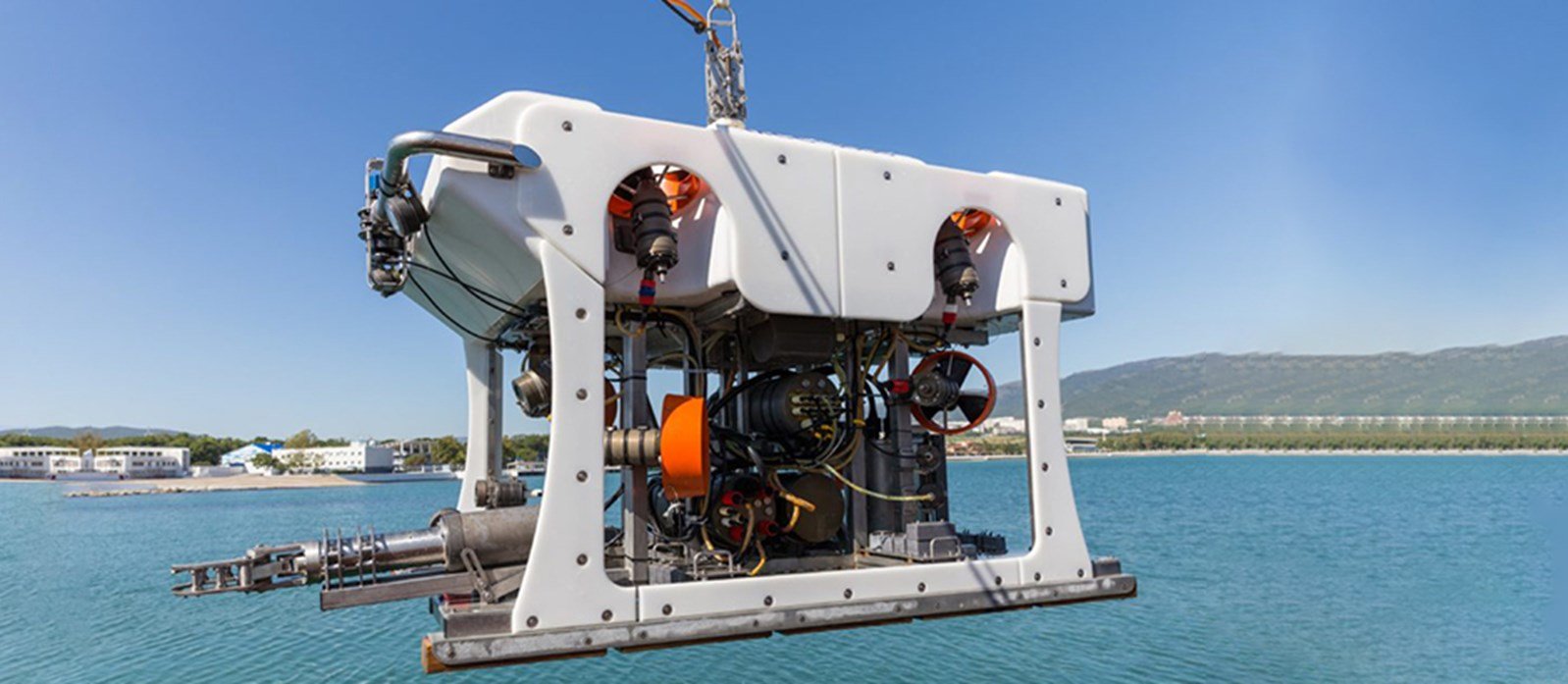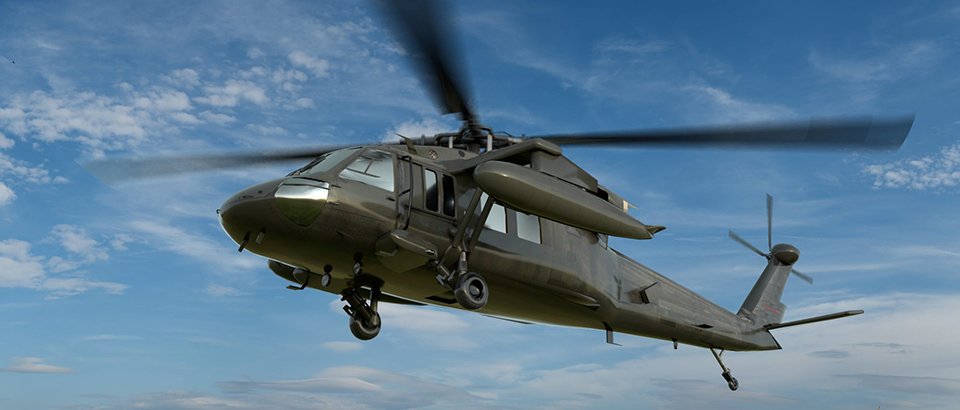
As with everything in life, warfighting has significantly changed over the years. New inventions are constantly revolutionizing defense. One of the more interesting technologies to evolve is unmanned systems.
What are Unmanned Maritime Systems?
Unmanned maritime systems perform dangerous missions without direct interaction with the operator. UMSs can assist in conducting missions from mine countermeasures, anti-submarine warfare, and oceanography, to communication/navigation network nodes.
Why use Unmanned Systems?
In war, there are some situations where it isn’t advisable or safe to send in fighters. Using a system without any people on board allows your team to work farther away and not right in the action. Missions can also cover more ground since teams can switch off at a safe distance. And if the system is compromised or shot down, there is less risk of losing supplies and more importantly, lives.
Different Kinds of Unmanned Maritime Systems
Unmanned Underwater Vehicles are submersible vehicles that can operate underwater without a human occupant. They are also called underwater drones and can be separated into two categories:
- Remotely Operated Underwater Vehicles (ROUVs) have a human operator remotely controlling the system.
- Autonomous Underwater Vehicles (AUVs) have no human involvement and can be programmed with their target’s location.
Other Types of Unmanned Systems

There are unmanned systems not only for water but for air and surface as well. It is important to have surveillance covering your territory. Below we’ll look at the basics of how these alternative applications work.
Unmanned Surface Vehicles
These are boats or ships that operate on the surface of the water without a crew. They are also called: unmanned surface vessels, autonomous surface vehicles (ASVs), uncrewed surface vessels (USVs), or drone ships.
Unmanned Aerial Vehicles
Since these aircraft don’t have any pilots, crews, or passengers, they’re often more efficient and able to travel longer distances. Some alternate uses for UAVs outside of warfare are forest fire monitoring, aerial photography, product deliveries, agriculture, policing and surveillance, and infrastructure inspections.
Unmanned aerial vehicles can also be used to attack enemy warfighters if the vehicle is equipped with an explosive payload. An unmanned helicopter is an example of an unmanned aerial vehicle.
Unmanned Ground Vehicles (UGV)
These are land-based counterparts to unmanned aerial and underwater vehicles. To observe their surroundings, they use sensors to report the terrain.
Types of UGV systems include:
- Unmanned Tanks
- Unmanned/self-driving cars
- Unmanned robotic vehicles
Real-World Military Applications
The US military sees the benefit of continuing to develop this technology. It’s investing in these systems and increasing spending on them. The unmanned aerial vehicle (UAV) market is projected to grow by $32.4 billion from 2021 through 2026 due to defense spending.
Currently, one popular purpose for unmanned maritime systems (or any unmanned system) is that they can be used in explosive ordnance disposals (EOD) such as landmines or bombs.
There’s also a more practical reason to use unmanned systems. They can be used for loading and transporting heavy items over difficult terrain, whether it’s rough roads or choppy seas.
U.S. Army
The US Army is testing if unmanned Black Hawks could be a viable option. Lockheed Martin subsidiary Sikorsky and the Defense Advanced Research Projects Agency (DARPA) have demonstrated an uncrewed UH-60 Black Hawk helicopter can fly autonomously. The Army is proposing to use the Black Hawks for supply missions or search and rescue ones.
Another project the Army is working on is a robotic combat vehicle. These would potentially be deployed as scouts or escorts for manned missions to deter ambushes or guard a manned vehicle’s flank.
The Army will launch a program in 2023 for a robotic combat vehicle and plans to spend nearly three-quarters of a billion dollars over the next five years on the effort, according to the Army’s FY23 budget justification documents. While this is happening, the Army will also work on developing the software for these vehicles.
U.S. Navy
In September 2017, the US Navy commissioned the creation of Unmanned Underwater Vehicle Squadron-1 (UUVRON-1) to develop and integrate UMVs into the fleet. This was done to enable testing UUVs and developing operational concepts for UUVs.
Also, Lockheed Martin is helping to develop unmanned underwater vehicles (UUV). The vision is that UUVs could collaboratively work with other underwater vehicles, or team up with unmanned surface or aerial vehicles. Together, these systems could provide data from above and below to help provide an integrated picture of the environment.
Another interesting feature of UMVs is that they can be camouflaged as other animals for underwater surveillance. The Defense Advanced Research Projects Agency (DARPA) has commissioned companies to produce an unmanned underwater vehicle that is shaped like a manta ray. The project, fittingly called Manta Ray, is one of several unmanned maritime systems being developed by the Pentagon’s research agencies for use in the Navy’s fleet.
Unmanned Systems Using DRS RADA Technologies Radar Systems
Unmanned/uncrewed aerial vehicles (UAVs) are one of the biggest threats to warfighters. Many are flown by a remote operator or controlled by onboard computers. (Drones are an example of a UAV.)
Due to the range of UAVs, counter-unmanned aerial systems (C-UAS) technology has emerged as a necessity to counter UAV threats and maintain air dominance and situational awareness for warfighters.
C-UAS technology can use a multi-domain sensor solution that can cover multiple tasks including sensors for detection, tracking, classification, and electronic countermeasures (jamming). The radar is essential in a C-UAS suite because it can provide accurate detection, and tracking. Depending on the radar, it can also provide classification in any weather environment with 24/7 operational capability.
C-UAS missions don’t always require multiple sensors. Sometimes, only a radar system is used. However, more sensors, like an optic, can provide additional data to help track and classify targets.
Radars can also be placed on a UMS as a “set of eyes” to track enemy UMS or to coordinate with friendly ones. Another function of radar is to be sensitive enough to detect what is an actual man-made threat or biological, like a bird.
Radars to Counteract UMS
DRS RADA Technologies radars can be placed on unmanned maritime systems to help them operate. A radar can work with a system on a ship to follow a drone flying near them. A DRS RADA Technologies radar system, if configured correctly, can also track threats on the ocean’s surface.
The Future With Unmanned Maritime Systems
War is ever-evolving and unpredictable. Unmanned maritime systems can be used both as offensive and defensive weapons so understanding how they work is essential for warfighters. The US Navy is moving forward with plans to integrate unmanned maritime systems into their forces and working to develop new technology to make them more effective war tools.
Looking for the best radar to pair with your unmanned maritime system? Learn more about the suite of DRS RADA Technologies radars that are designed to meet the highest SWaP-C industry standards.